Best Day Trips From NYC

Ready to unplug from the daily routine and take a day trip from the city? Well, you are in the right place! New York City may be full of endless things to do, but after living here for 10 years I quickly discovered that sometimes the best way to recharge is with a quick escape just outside the city. Having explored the area, I’ve found that day trips from NYC offer everything from lively beaches to peaceful towns and unique cultural experiences, all just a short train or car ride away.
I’ve come across scenic hikes with sweeping views, waterfront towns perfect for strolling and dining, and historic sites that feel worlds apart from the city’s bustle. Here are the trips I recommend, and I hope you’ll enjoy them too.
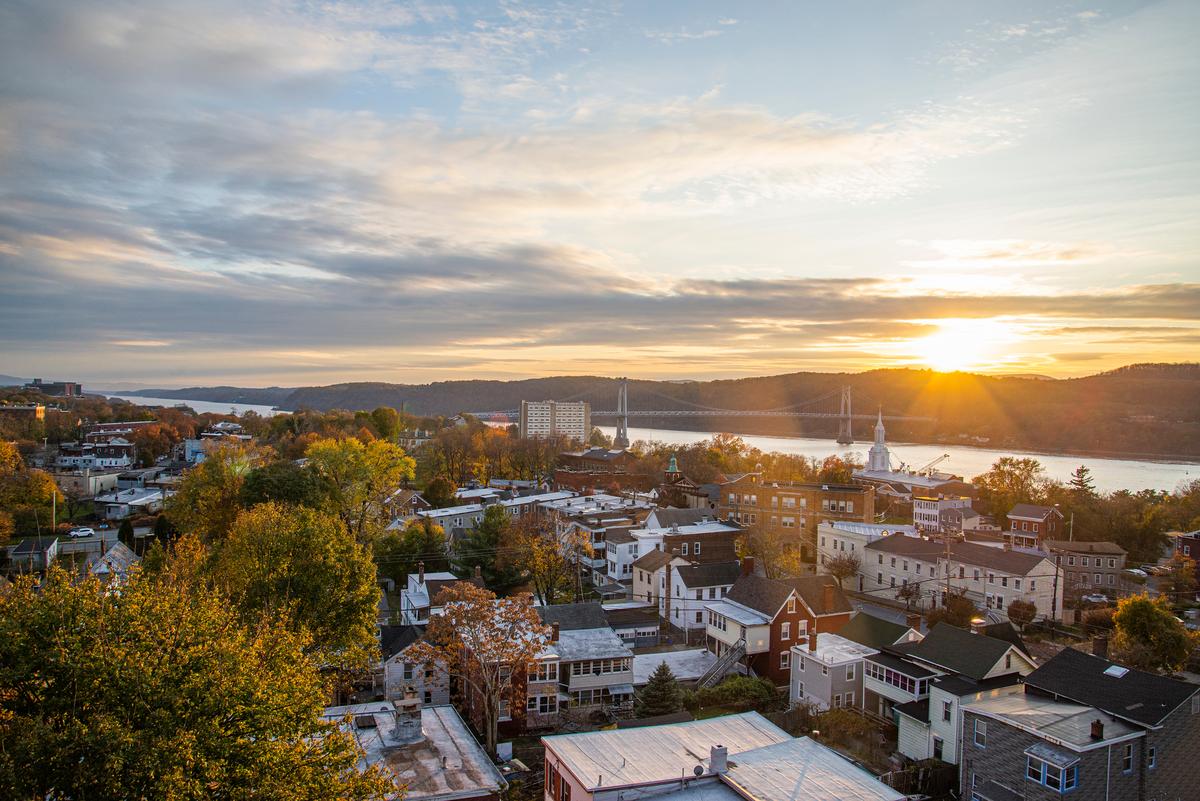
1. Hudson Valley - 2 hours from NYC
This is one of my favorite places to escape for a day or a weekend. and every time I visit, I’m reminded of how joyful it feels to trade the city streets for river views, rolling hills, and towns full of art and history.
I drove 2 hours north from New York City to the Hudson Valley, where wooded trails, sweeping river overlooks, and quiet state parks made it easy to escape into nature.
In Nyack, we stopped at the Edward Hopper House, and I loved walking through the childhood home of the iconic American painter. It felt unusual to see where his creativity began, and the intimate galleries made it a hidden gem that left me inspired.
Afterward, we relaxed at Art Café, also in Nyack, where fresh Mediterranean-inspired dishes and a cozy, creative vibe made the afternoon feel spectacular. Sharing a meal here felt like part of the cultural heartbeat of the valley.
Further up the Hudson, we explored Opus 40 in Saugerties, and I was amazed by the sprawling bluestone sculpture park built by a single artist over decades. Wandering across terraces, ramps, and stone pools gave the visit a magical quality—like stepping into a landscape that was both art and nature.
- Location: Eastern New York State, along the Hudson River from north of New York City to Albany
- Map & Directions
What I loved best:
Dinner at The Bocuse Restaurant in Hyde Park, NY was my personal highlight, serving refined French dishes with contemporary technique (go for their Puff Pastry)!

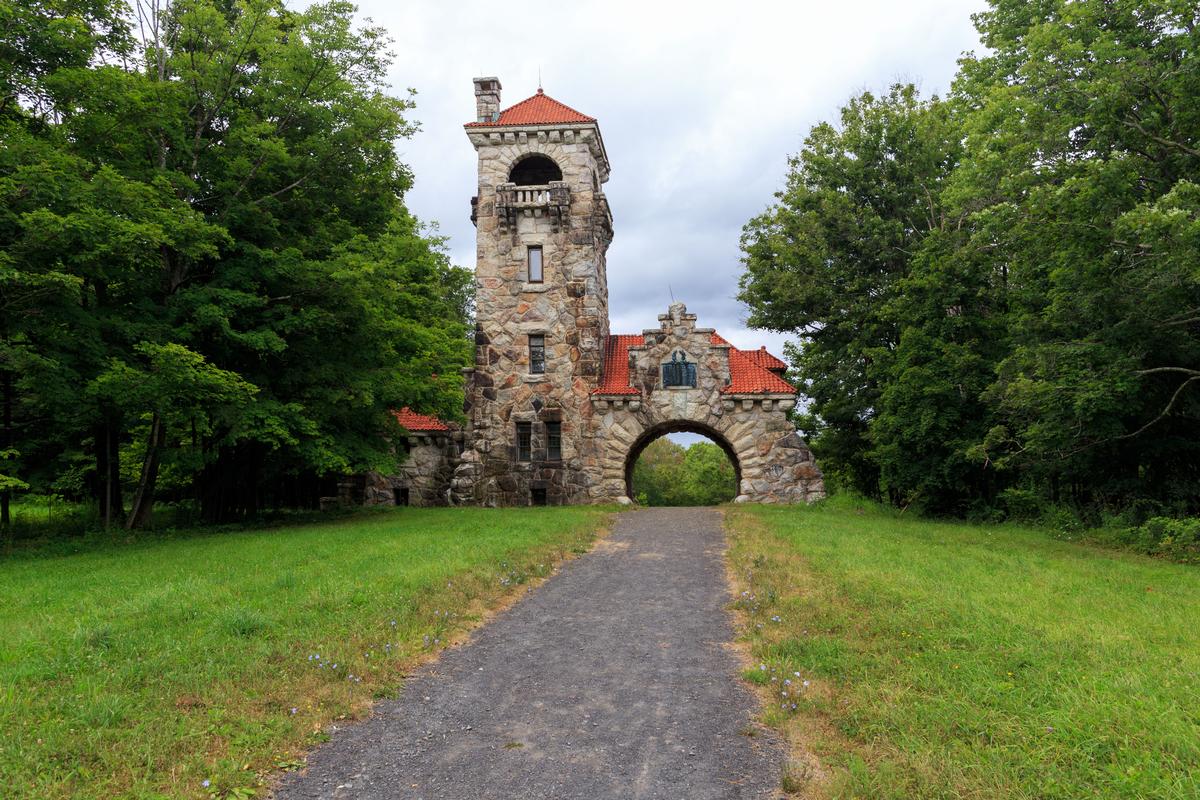
2. New Paltz - 1 hour 30 min From NYC
This town, tucked into the Shawangunk Mountains of the Hudson Valley, is one of my favorite towns to visit when I want a mix of history, food, and outdoor adventure. Every time I come here, I’m amazed by how much variety this small town offers in just a single day.
I drove 2 hours north from New York City to New Paltz, where the Shawangunk Ridge rises above the valley. If you prefer, you can ride the bus from NYC (fare around $24–$30 each way).
We started at Historic Huguenot Street, and I loved walking past the stone houses dating back to the 1600s. It felt unusual to see so much preserved history in one place, and learning about the early settlers gave the day a meaningful and grounding start.
From there, we grabbed breakfast at Main Street Bistro, a hidden gem that’s beloved by locals. The food was hearty, affordable, and joyful, and the bustling atmosphere gave me a sense of New Paltz’s lively character. It was the perfect fuel for the rest of our day.
Later, we headed out to the Mohonk Preserve, and the views absolutely took my breath away. Hiking along the cliffs and through the forests felt spectacular, and standing at overlooks where the valley stretched for miles gave the trip a magical quality I’ll never forget.
- Location: Eastern New York, in the Hudson Valley just west of the Hudson River and about 90 miles north of New York City
- Map & Directions
What I loved best:
Mohonk Preserve where the views absolutely took my breath away. Hiking along the cliffs and through the forests felt spectacular, and standing at overlooks where the valley stretched for miles gave the trip a magical quality I’ll never forget.

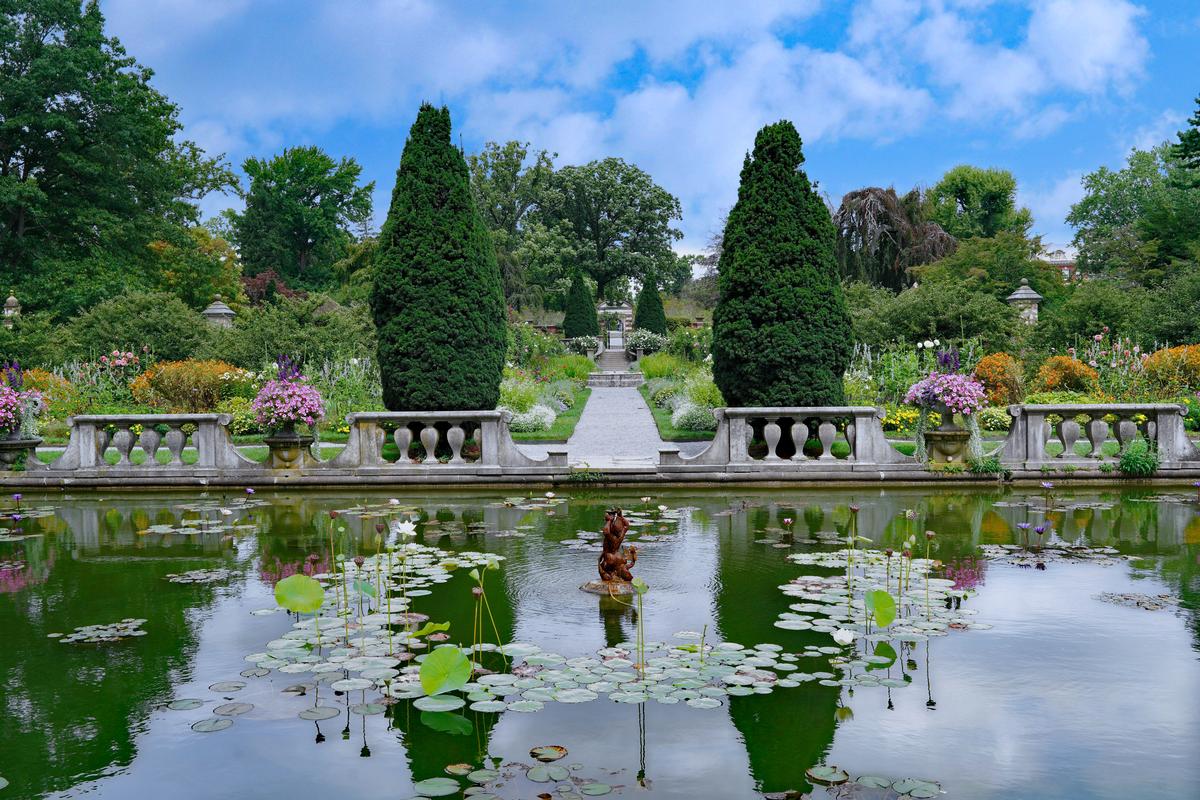
3. Old Westbury Gardens - 45 minutes Day Trip from New York
This place on Long Island just outside New York City, is one of my favorite day trip destinations when I want beauty, history, and a touch of elegance. Every time I visit, I feel like I’ve stepped into a different era where grand estates and manicured gardens tell their own story.
I drove 45 minutes east from New York City to Old Westbury Gardens.
We toured the mansion first, and I loved walking through the rooms filled with period furniture, art, and architecture that felt both unusual and spectacular. It was like getting a glimpse into the life of Gilded Age wealth, yet in a way that still felt inviting and warm.
Strolling the gardens was the highlight for me. From formal rose beds to hidden woodland paths, every turn revealed a new perspective that felt joyful and calming. I especially loved pausing by the ponds and fountains, where reflections of flowers and trees created almost magical scenes.
- Location: Long Island, New York, in the village of Old Westbury about 25 miles east of Manhattan
- Map & Directions
What I loved best:
I appreciated how the garden often hosts events—concerts, seasonal festivals, and art exhibits—that add a cool, cultural layer to the visit. It makes each trip feel fresh and unique, even if you’ve been before.
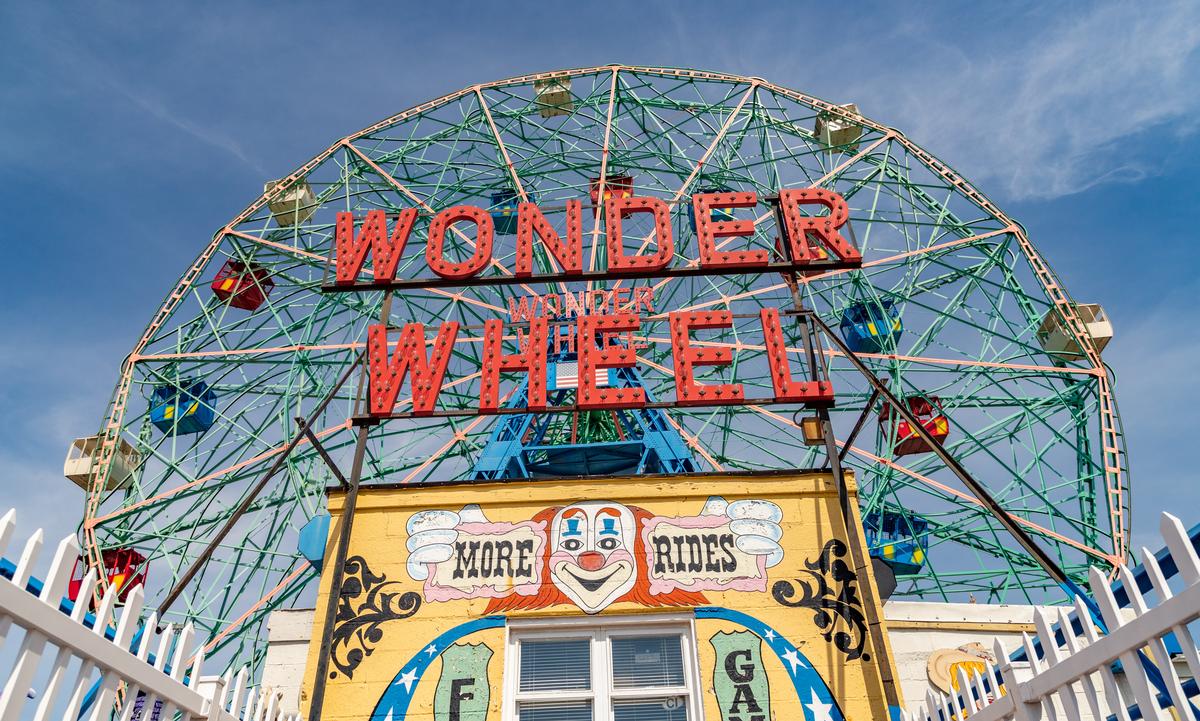
4. Coney Island History Project
Set along the Brooklyn shoreline, this is one of my favorite classic New York day trips. Every time I go, I’m struck by how it blends old-school amusement park energy with the simple joy of being by the ocean.
I took the subway 1 hour south from Manhattan to Coney Island. My plan was to explore exhibits that bring the boardwalk’s past to life.
We started with a walk along the boardwalk, and I loved the spectacular views of the beach stretching out beside the rides and arcades. The mix of salty ocean air, music, and the buzz of people gave the whole place a cool and lively vibe.
Of course, I couldn’t resist the rides. The Cyclone roller coaster felt like a joyful blast from the past, and the Wonder Wheel gave us unusual, sweeping views of both the ocean and the city skyline. It’s a hidden gem of nostalgia that still delivers thrills today.
- Location: Coney Island, Brooklyn, New York, near the Riegelmann Boardwalk by Deno’s Wonder Wheel
- Map & Directions
What I loved best:
Grabbing a hot dog at Nathan’s Famous felt like a tradition, and I loved how something so simple could feel so iconic in this setting.

5. Montauk Day Trip
Perched at the very tip of Long Island, this is one of my favorite coastal getaways in New York. Every time I make the drive out, I’m reminded how joyful it feels to leave the bustle behind and step into wide-open beaches, salty air, and a slower pace of life.
I drove 3 hours east from New York City to "The End". You can also take the bus from New York City (tickets around $35 to $75 each way).
We started at Montauk Point Lighthouse, and I loved the spectacular views where the Atlantic meets the rocky shoreline. Standing by the oldest lighthouse in New York felt both historic and magical, a hidden gem that makes the trip feel complete.
Later, we wandered along Ditch Plains Beach, and the surfers riding the waves gave the day an exciting energy. It was cool to watch them while we relaxed on the sand, soaking in the ocean breeze and sunshine.
- Location: Eastern Long Island, New York, at the far tip of the South Fork in the Hamptons region
- Map & Directions
What I loved best:
Sharing a plate of freshly caught fish overlooking the water felt joyful and authentic, the kind of experience that captures Montauk’s unique spirit.
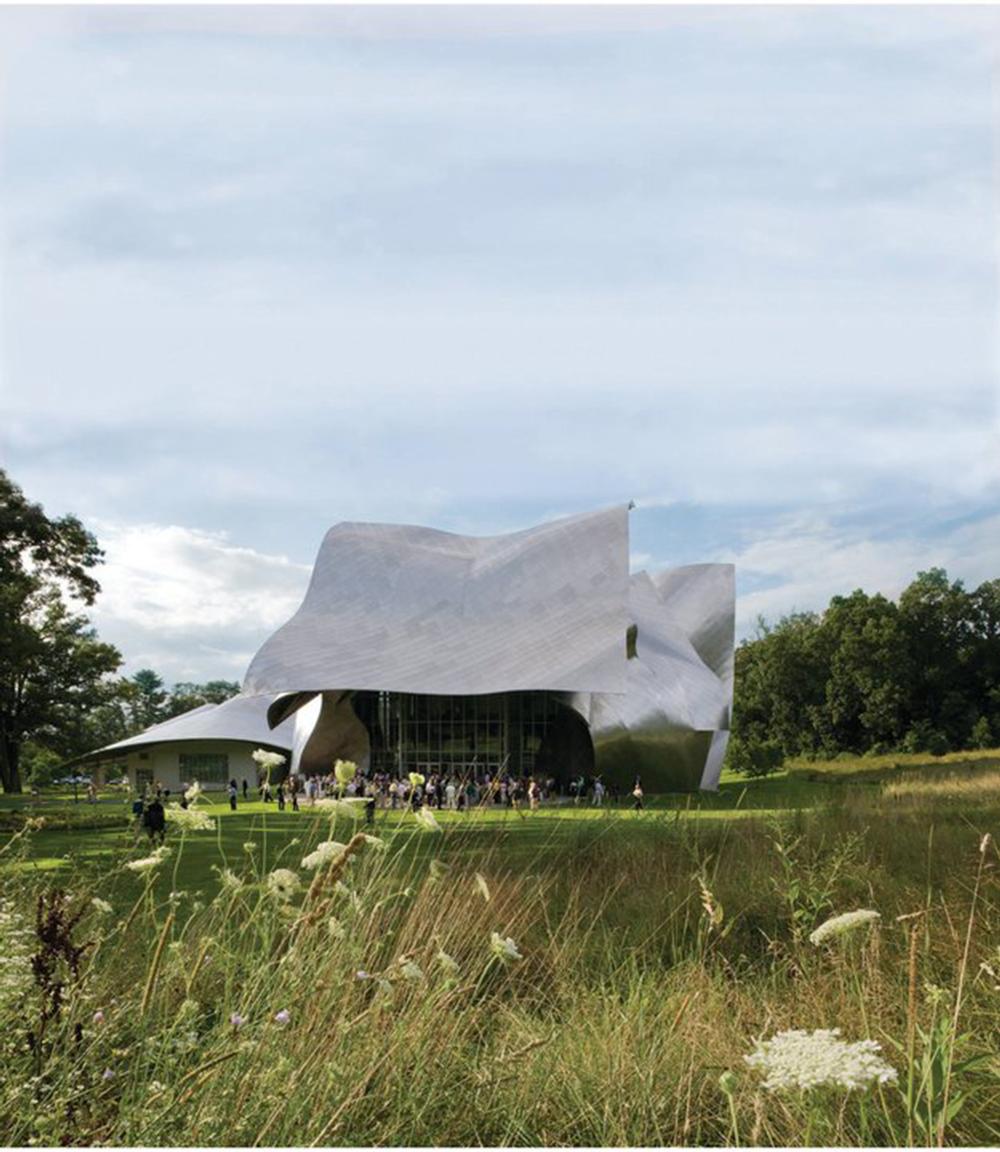
6. Catskill Carriage - Bespoke Travel Experiences in the Catskills
Based in the Hudson Valley, this is one of my favorite ways to experience the region in comfort and style. Every time I’ve used it, I’ve been impressed by how joyful and stress-free the ride feels compared to driving myself upstate.
I took the bus roughly 2 hours and 40 minutes north from New York City to the Catskills (fare around $40–$55 each way).
The service offers luxury black car travel from New York City to destinations throughout the Hudson Valley and Catskills, and I loved how unusual it felt to sink back into plush seats while the winding roads and river views rolled by. It turned the trip itself into part of the getaway rather than just the means to get there.
What stood out most for me was the hidden gem of convenience—door-to-door service that made spontaneous weekend trips to places like Hudson, Woodstock, or New Paltz so much easier. I didn’t have to worry about trains, transfers, or renting a car once I arrived.
- Location: Catskill Mountains region of Upstate New York
What I loved best:
The little touches: bottled water, reliable Wi-Fi, and a smooth, quiet ride that let me relax, read, or even plan my itinerary along the way. It felt spectacular to arrive already refreshed and ready to explore.
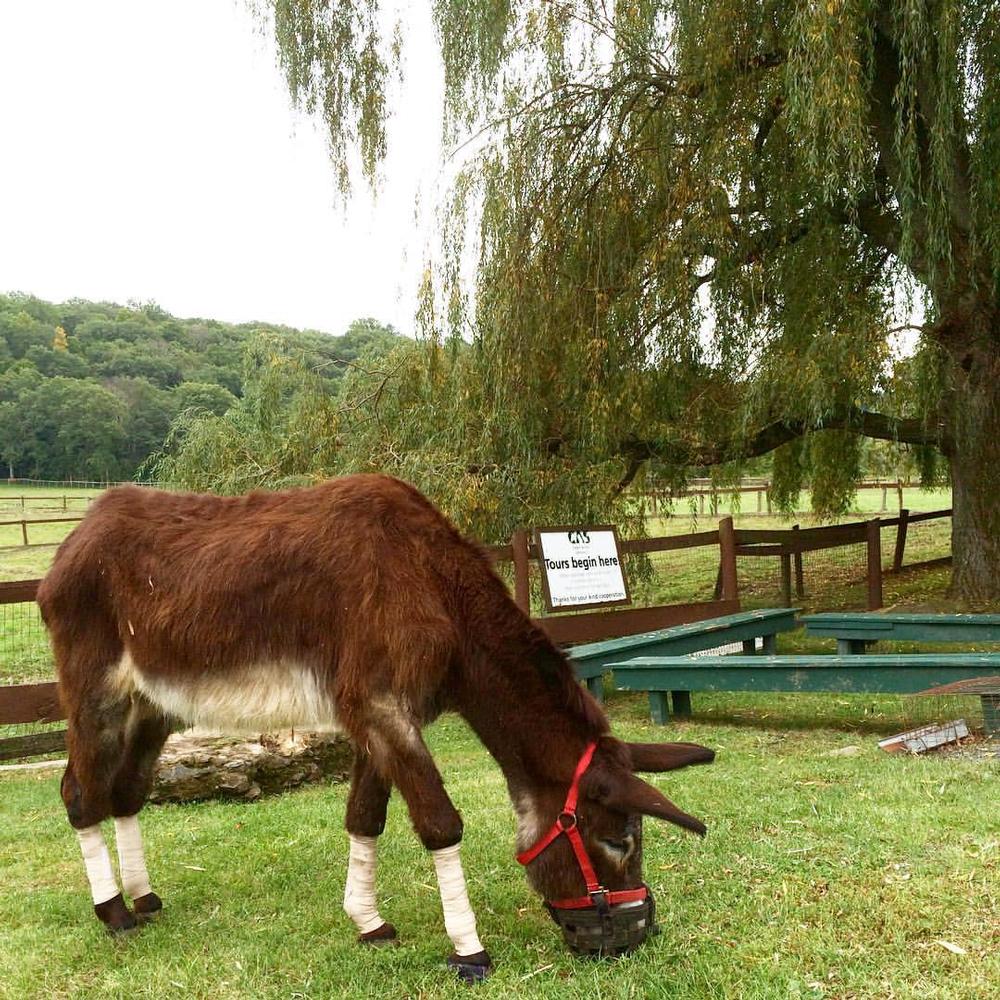
7. Catskill Animal Sanctuary, Saugerties - 2 hours From NYC
This is one of my favorite places in the Hudson Valley for a meaningful and joyful day trip. Every time I visit, I’m struck by the warmth, compassion, and connection that radiate from this special place.
We joined a guided tour, and I loved meeting the rescued cows, pigs, goats, and horses while hearing their stories. It was unusual and inspiring to see how each animal had been given a second chance at life, and it made the visit feel more magical than any ordinary farm stop.
Walking the grounds, we found hidden corners where volunteers cared for the animals and shared insights about plant-based living. It felt cool to learn how the sanctuary blends advocacy with everyday kindness, creating a space that’s both educational and uplifting.
- Location: Saugerties, New York, in the northeastern Catskills near the Hudson River, about 10 miles north of Woodstock
- Map & Directions
What I loved best:
Afterward, we explored nearby Saugerties, which added a spectacular balance to the day. Cozy cafés, boutiques, and the riverfront made it easy to reflect on the sanctuary visit while soaking in small-town charm.
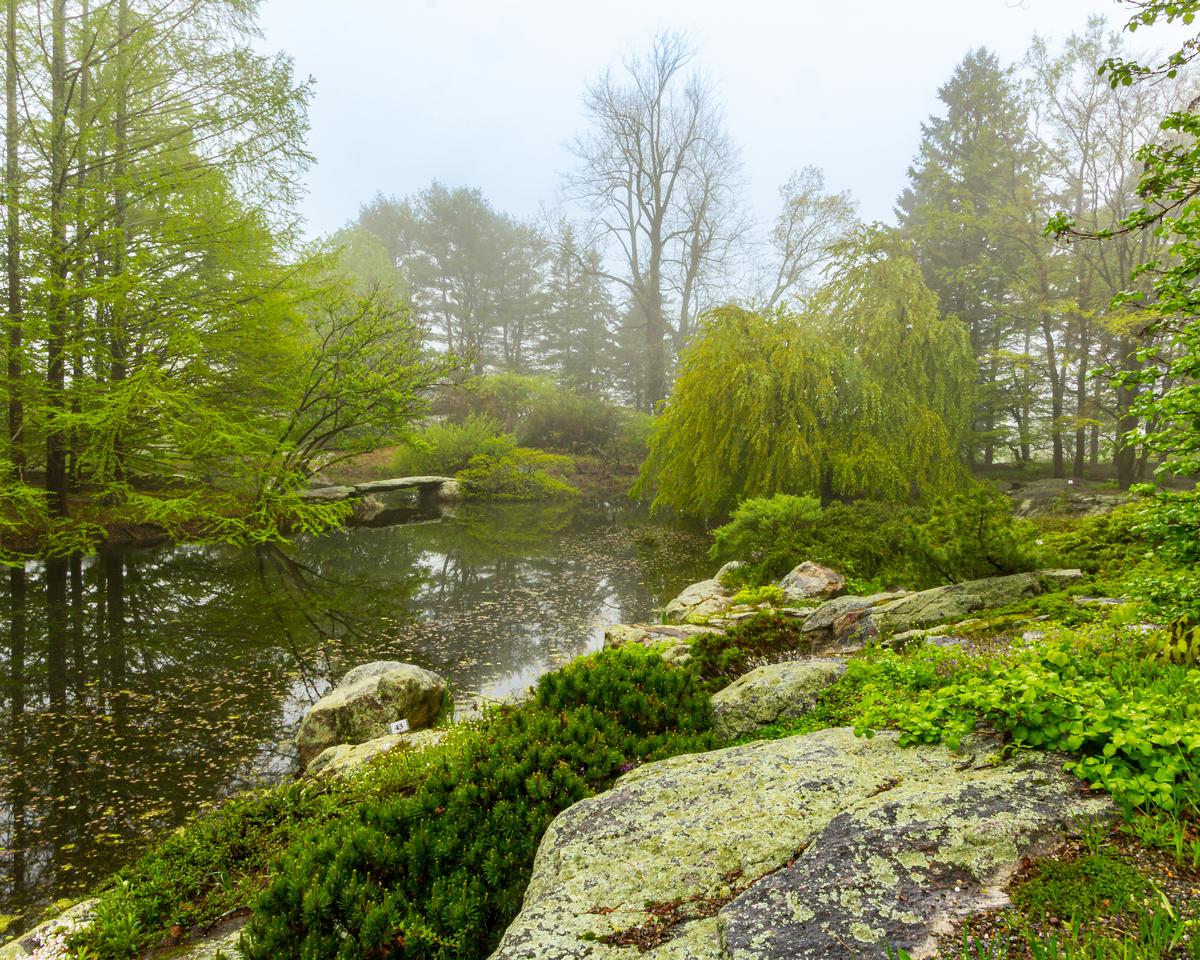
8. Stonecrop Gardens, Cold Spring - 1 hour 10 min
This place, tucked away in Cold Spring in the Hudson Valley, is one of my favorite places to wander when I want a peaceful and inspiring escape. Every time I visit, I’m amazed at how joyful it feels to step into such a carefully cultivated but still natural space.
I took the train about 1 hour and 15 minutes north from Grand Central Terminal to Cold Spring on the Metro-North Hudson Line (round-trip fares typically run $14–$22 depending on peak or off-peak hours).
We strolled through the display gardens, and I loved how unusual and diverse the plant collections were—from alpine beds to woodland trails and water gardens. Each section felt like its own hidden gem, and I couldn’t help but pause often just to take it all in.
The conservatory was another highlight, filled with unique species that added a spectacular burst of color and texture. It felt almost magical to be surrounded by plants from so many corners of the world while still being in the heart of the Hudson Valley.
- Location: Cold Spring, New York, in the Hudson Highlands just west of the Hudson River, about 60 miles north of New York City
- Map & Directions
What I loved best:
What struck me most was how the garden balances beauty and serenity. Whether we were walking through meadows, sitting by a pond, or following winding paths, there was always a cool sense of calm that made the visit deeply refreshing.
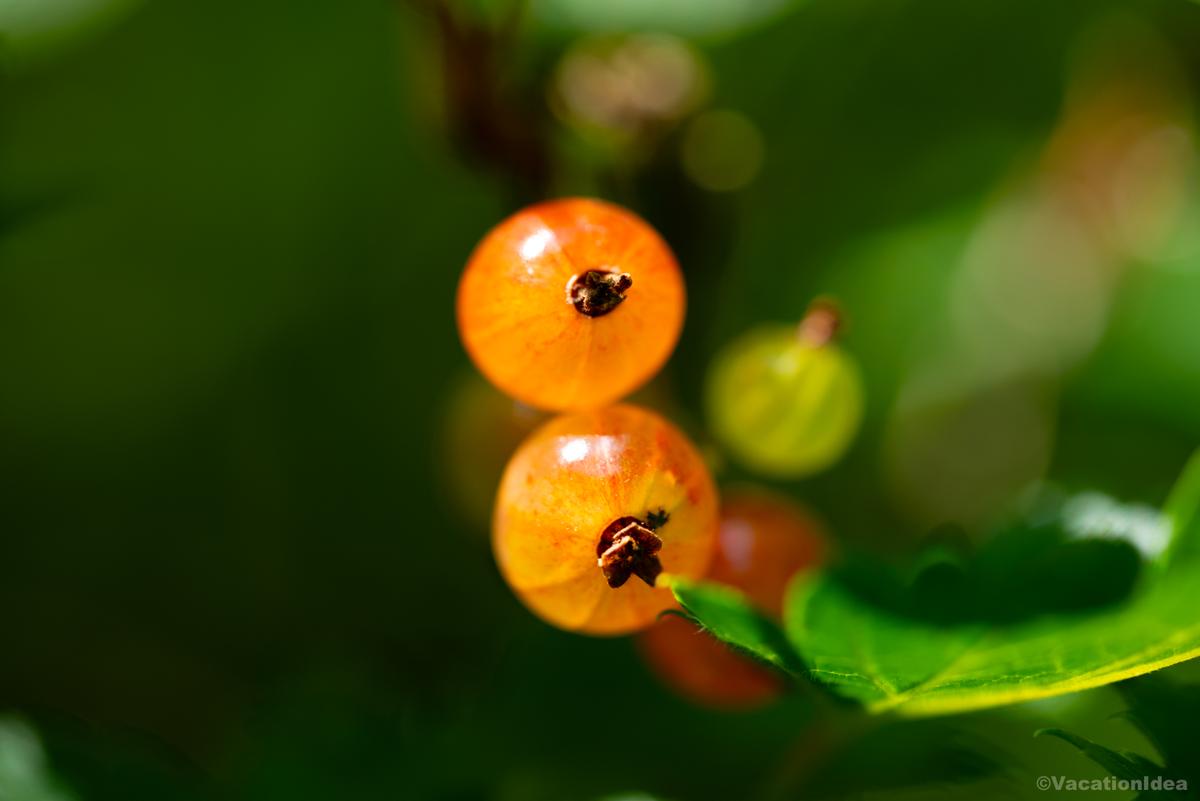
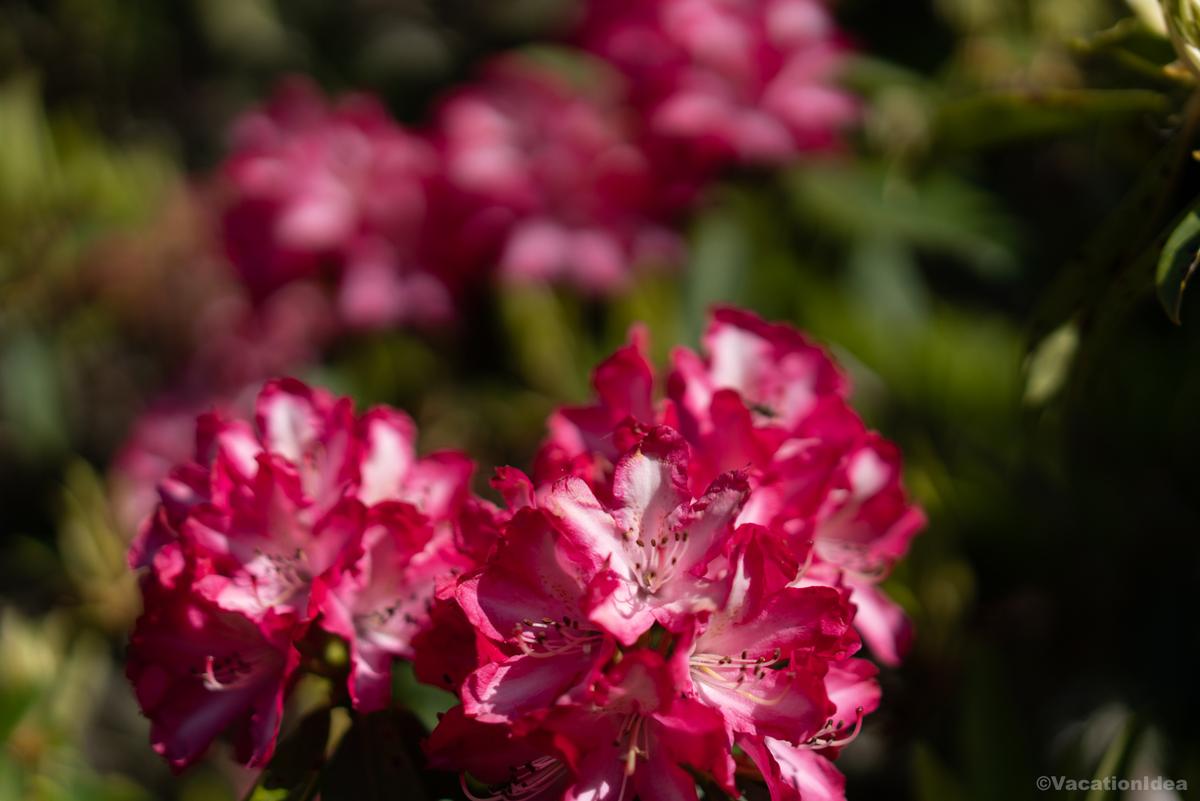
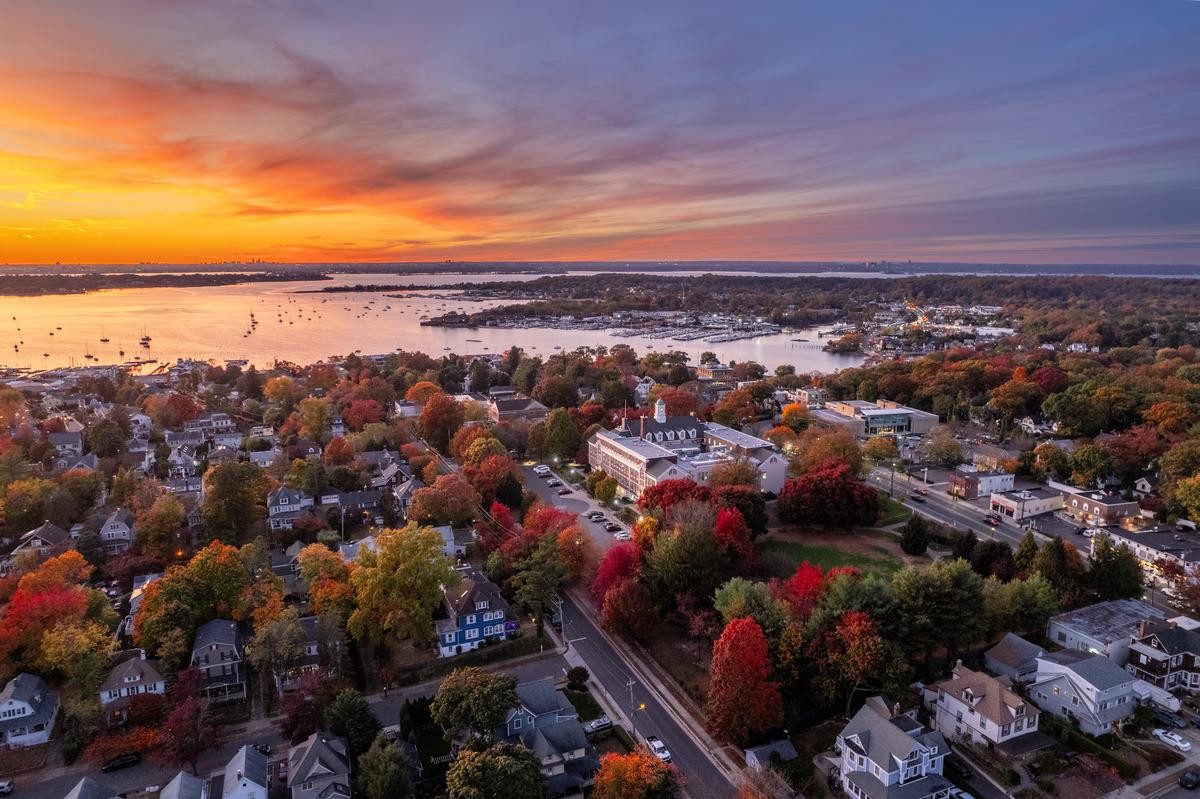
9. Port Washington, Long Island
Visiting this charming harbor town in September was such a great idea because I found crisp sea breezes, softer light and some late summer warmth in the marinas that were still lively, but the summer crowds had faded.
I drove 45 minutes east from Manhattan and spent a relaxing long weekend soaking in Port Washington, Long Island. I wandered along the scenic Manhasset Bay promenade, explored Sands Point Preserve’s wooded trails and historic mansions, and watched sailboats glide past as the sun dipped low over the harbor.
- Location: Northern Long Island, New York, on the North Shore peninsula in Nassau County, about 20 miles east of Manhattan
What I loved best:
Dining at DiMaggio’s Trattoria was my personal highlight because this family-owned gem serves up homestyle Italian comfort with old-school vibes and the aroma of garlic and fresh basil drifted out onto the street greeting us when we got there!
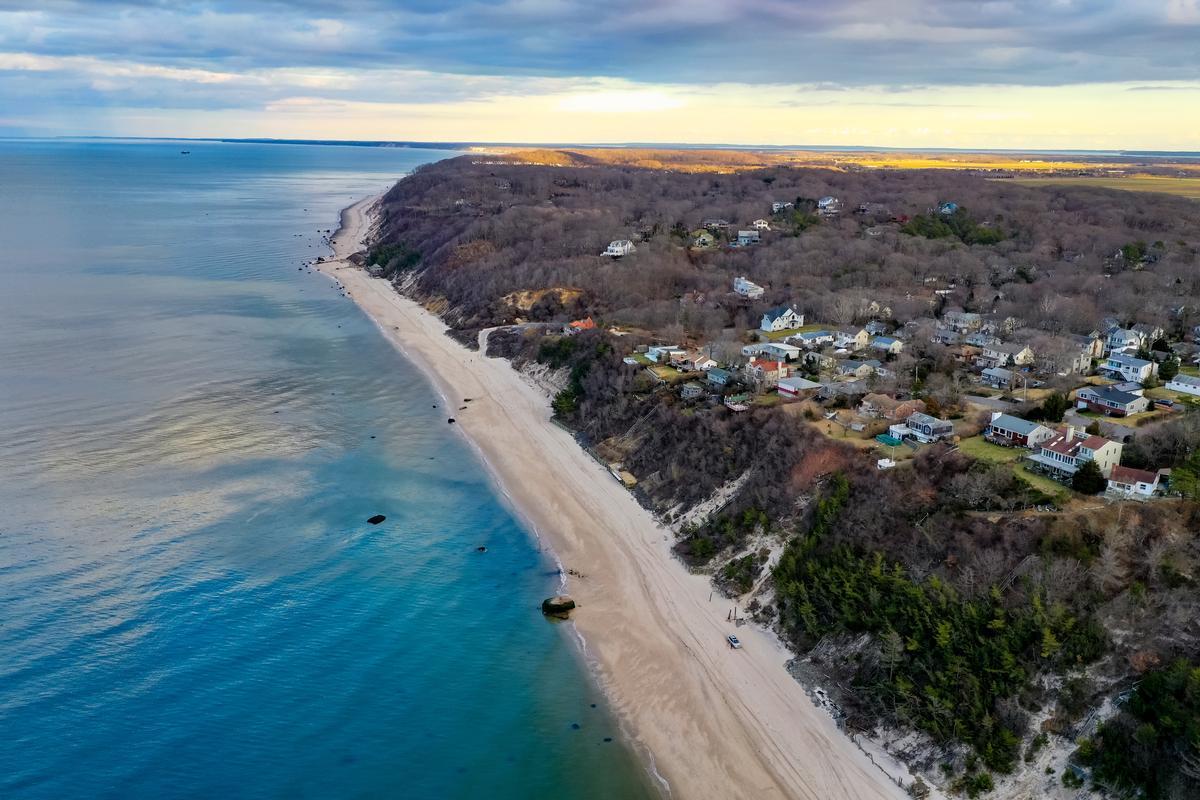
10. Riverhead, NY
About an hour and a half east of New York City, this town feels like the gateway to the North and South Forks, a town where the Peconic River curves through downtown and life moves with an easy coastal rhythm.
Riverhead, New York, sits at the meeting point of Long Island’s forks, a mix of maritime history, farm-country charm, and quiet waterfront beauty. It’s the kind of place where you can spend the morning exploring small shops and the afternoon wandering along the riverfront, all without feeling rushed.
We started near the Peconic Riverwalk, following the boardwalk as it wound past boats and marshes. The calm water reflected the late-morning light, and it was easy to see why this spot has become a favorite for locals and weekend visitors alike. Nearby, the Long Island Aquarium added a playful energy to the area, drawing families while the rest of downtown kept a relaxed, small-town feel.
Downtown Riverhead surprised me with its mix of old and new—vintage storefronts, murals celebrating local history, and a growing number of cafes and boutiques. For lunch, we stopped at Tweed’s Restaurant & Buffalo Bar, housed in a historic building that’s been a fixture since the 1890s...their menu is hearty and classic, and the atmosphere feels like stepping back in time, with warm wood paneling and stories in every corner.
- Location: Eastern Long Island, New York, at the start of the North and South Forks in Suffolk County
- Map & Directions
What I loved best:
As the afternoon light faded, we lingered by the river, watching kayakers drift by and the town settle into an easy evening pace. There’s something quietly magnetic about Riverhead—it’s less polished than some of its Hamptons neighbors, but that’s exactly what makes it special.
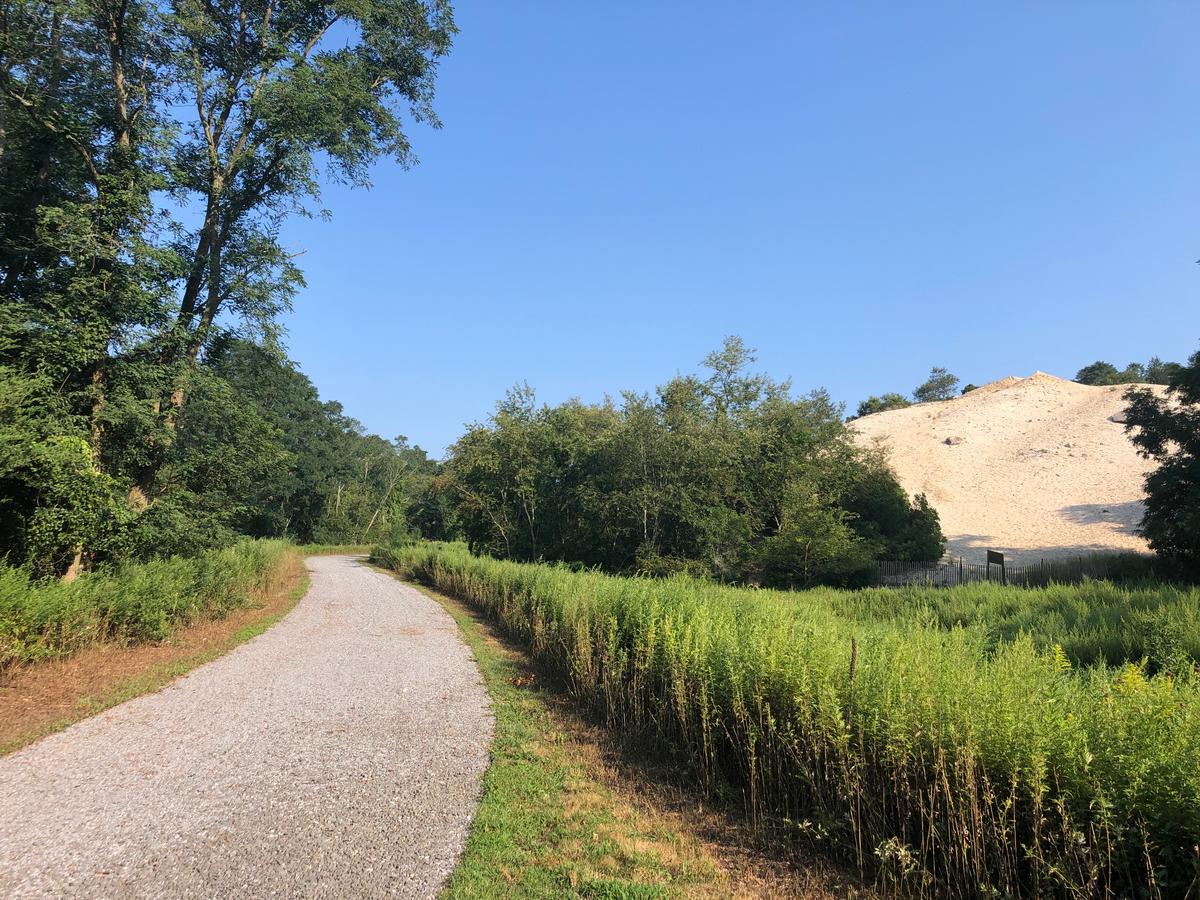
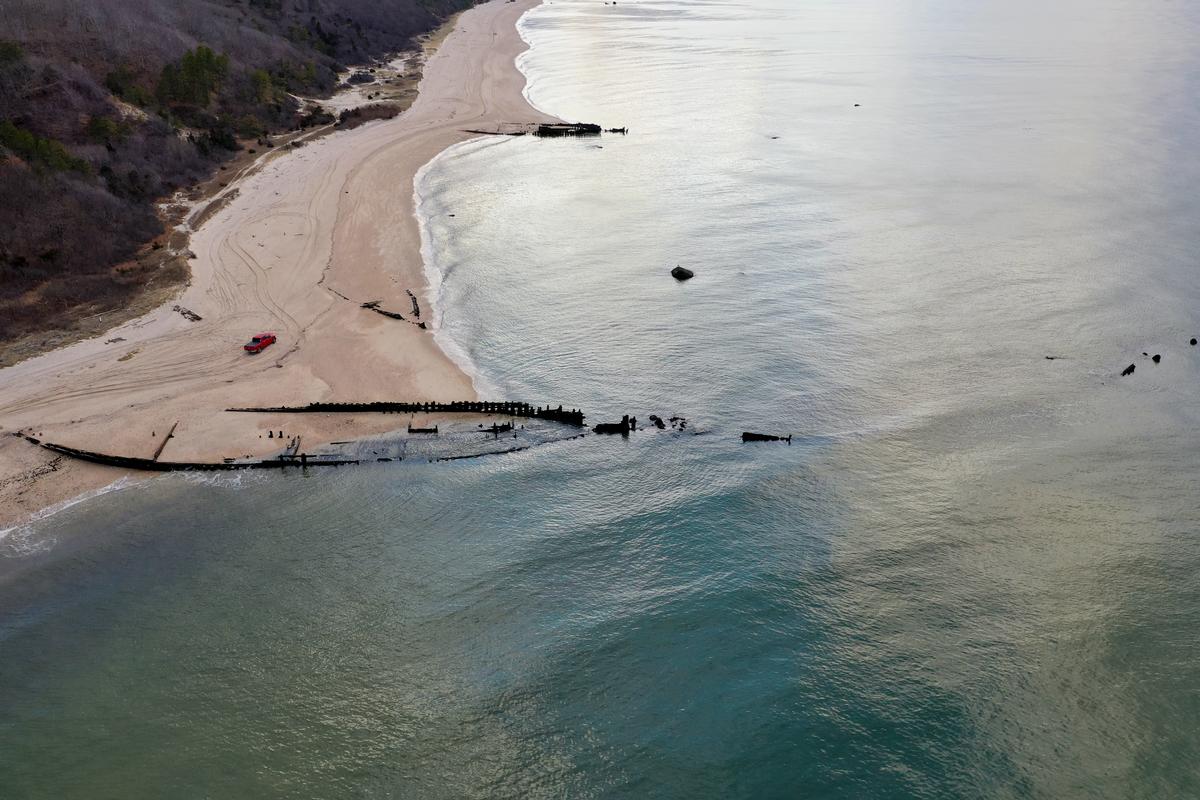

11. Poughkeepsie in a Day
This place, right in the heart of the Hudson Valley, is one of my favorite spots to spend a day along the river. Every time I visit, I’m reminded that this city has both a rich history and plenty of cool things to do outdoors.
The train (90 minutes north from New York City, $18–$27 one way) doors opened and the Hudson breeze rushed in, brisk, bright, and full of promise that completely won me over.
We started at the Walkway Over the Hudson, and I loved the joyful feeling of standing on the world’s longest elevated pedestrian bridge. The spectacular views of the Hudson River and surrounding hills made the walk unforgettable, and it felt like a hidden gem worth the trip on its own.
Afterward, we explored the historic downtown, where cafés, bookstores, and galleries gave the city a creative and welcoming vibe. I thought it was unusual how Poughkeepsie balances its small-town feel with moments of urban energy, and that mix made wandering the streets fun.
- Location: Mid-Hudson Valley, New York, along the Hudson River about 75 miles north of New York City
- Map & Directions
What I loved best:
We visited Locust Grove Estate, the former home of inventor Samuel Morse. Walking through the mansion and gardens added a layer of history to the day, while the trails on the property offered peaceful escapes into nature.
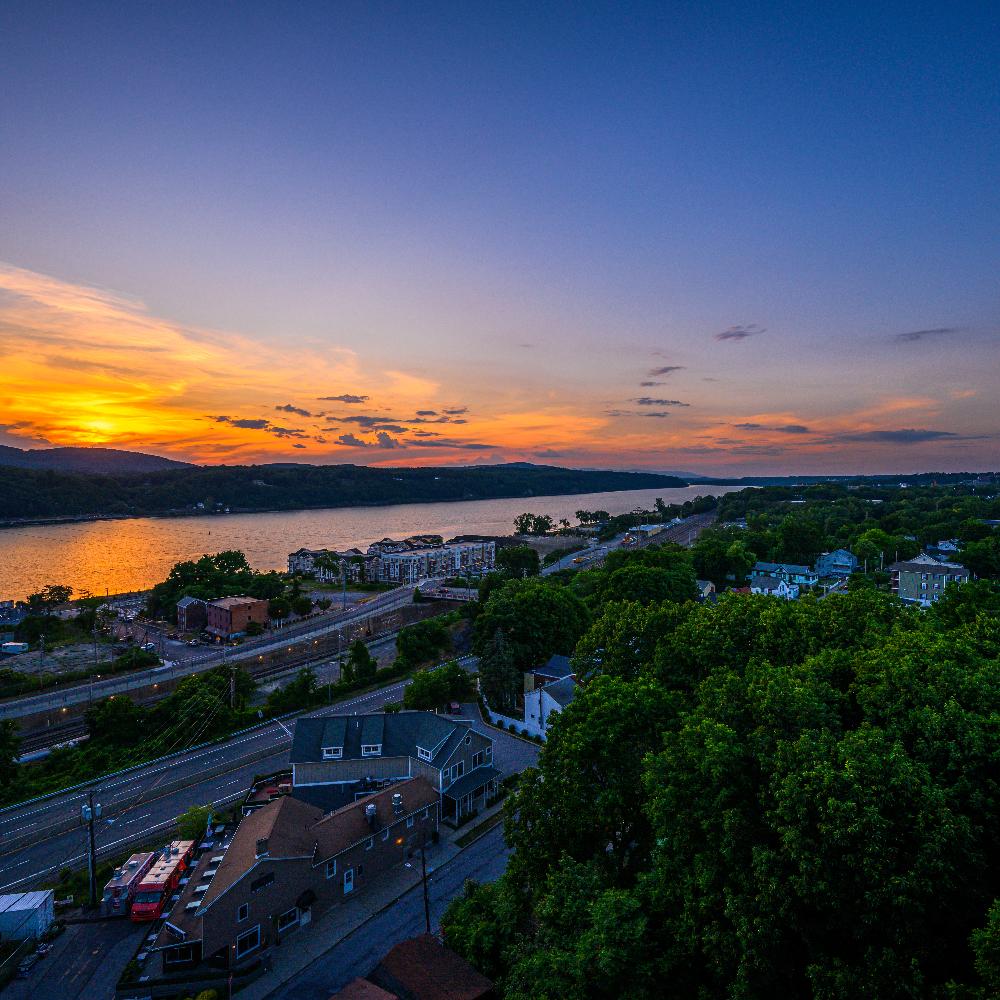

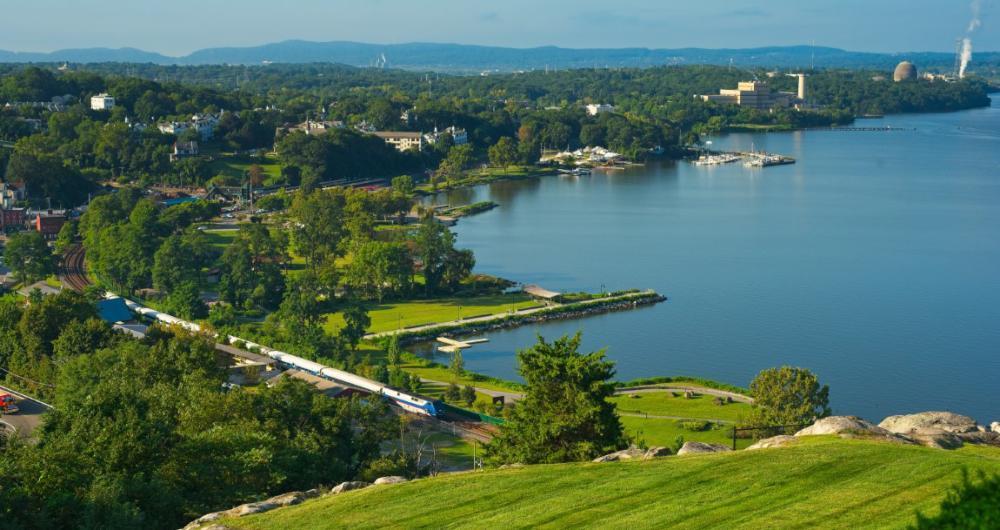
12. Peekskill in a Day
Just under an hour north from New York City, this town felt like a river town slowly waking up, paint peeling from old brick, artists setting up shop in places where machines once roared.
Peekskill, New York, set right on the Hudson River about an hour north of Manhattan, is one of my favorite small cities to explore in the valley. Every time I come, I’m struck by how it blends history, art, and a joyful riverside atmosphere.
We started along the waterfront at Riverfront Green Park, and I loved the spectacular views of the Hudson framed by the surrounding hills. Watching boats drift by and families enjoying the open space felt like a hidden gem so close to the city.
Downtown Peekskill had an unusual mix of historic brick buildings and a growing arts scene. We wandered past galleries, breweries, and murals that gave the streets a cool and creative vibe, and I found it easy to spend hours just exploring block by block.
- Location: Lower Hudson Valley, New York, on the eastern bank of the Hudson River about 40 miles north of New York City
- Map & Directions
What I loved best:
For lunch, we stopped at one of the local cafés, and I appreciated how the food scene here is both approachable and full of flavor. It felt joyful to sit outside and soak in the small-town energy paired with a touch of urban buzz.
For me, Peekskill is one of the best day trips From NYC because it's peaceful and unique!
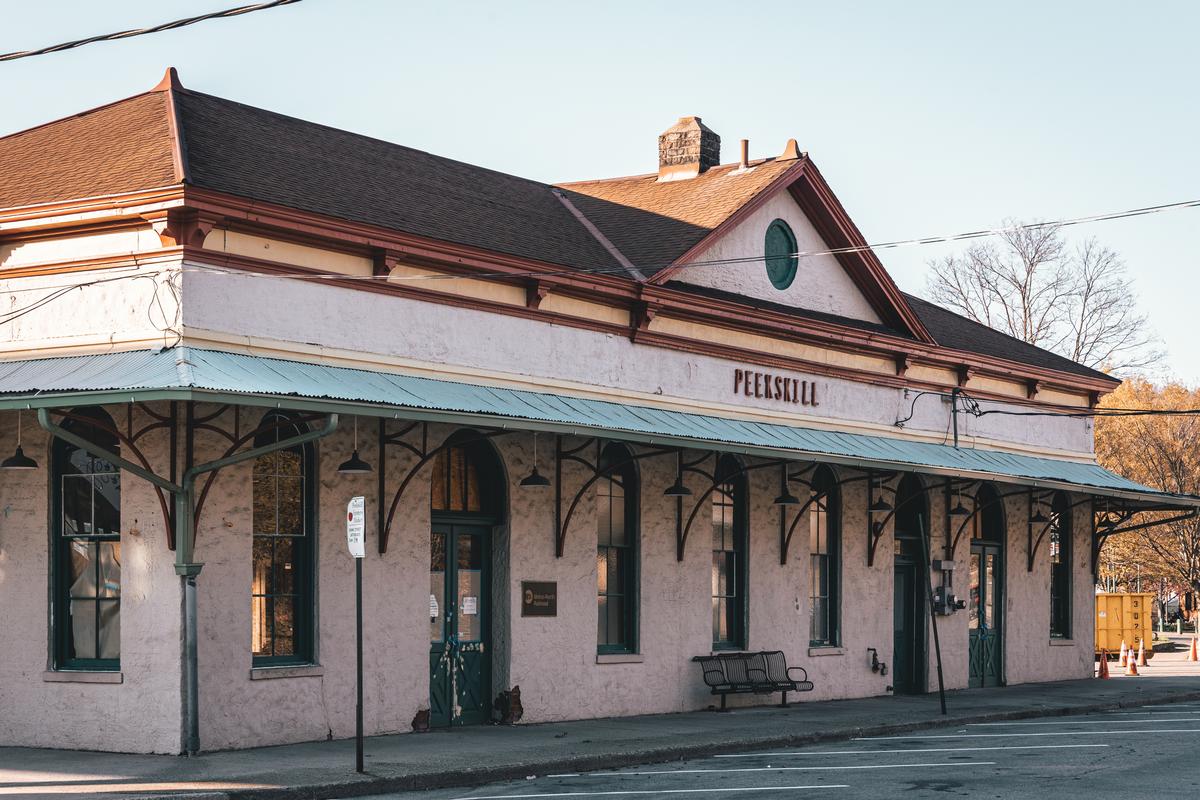
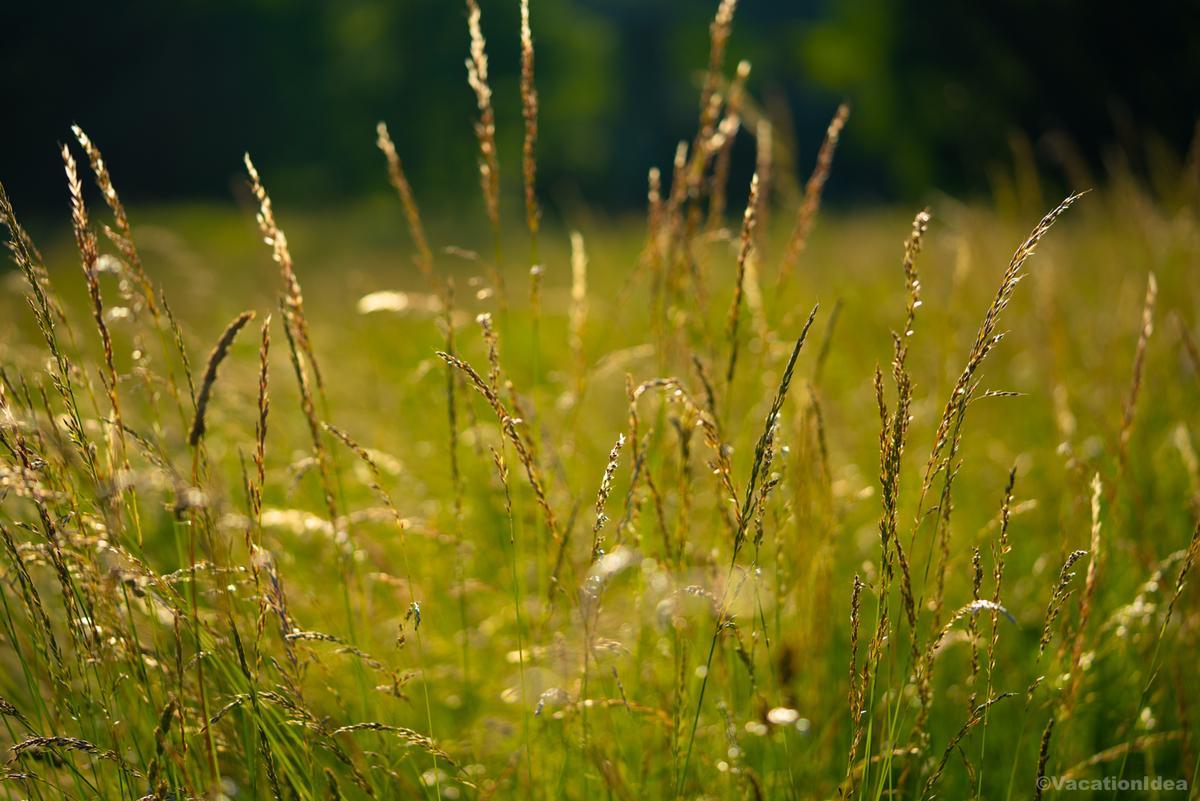
Booking Checklist
1. Book Your Flight - I use Expedia because I like their mobile app with my itinerary. They've helped me re-book flights on many occasions. Once you reach their Gold tier, support is especially good.
2. Book Your Hotel - I use Booking.com or Expedia, depending on my destination.
3. Book Your Rental Car - I use Expedia.
4. Book your tours on Viator or Get Your Guide.
5. If you are planning to visit more than three national parks in the next 12 months, buy the America the Beautiful Pass.
